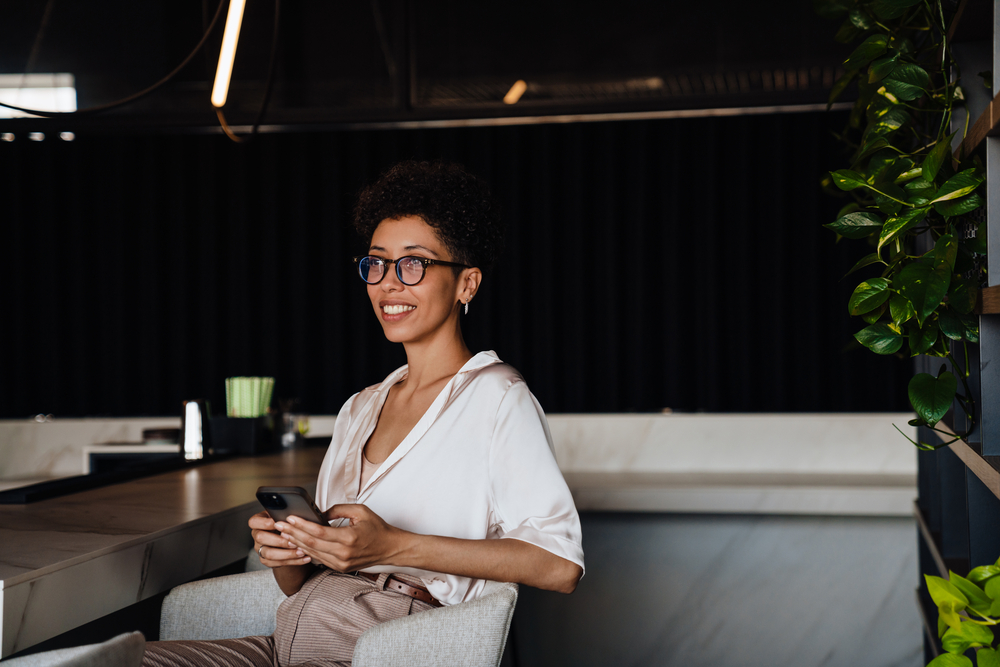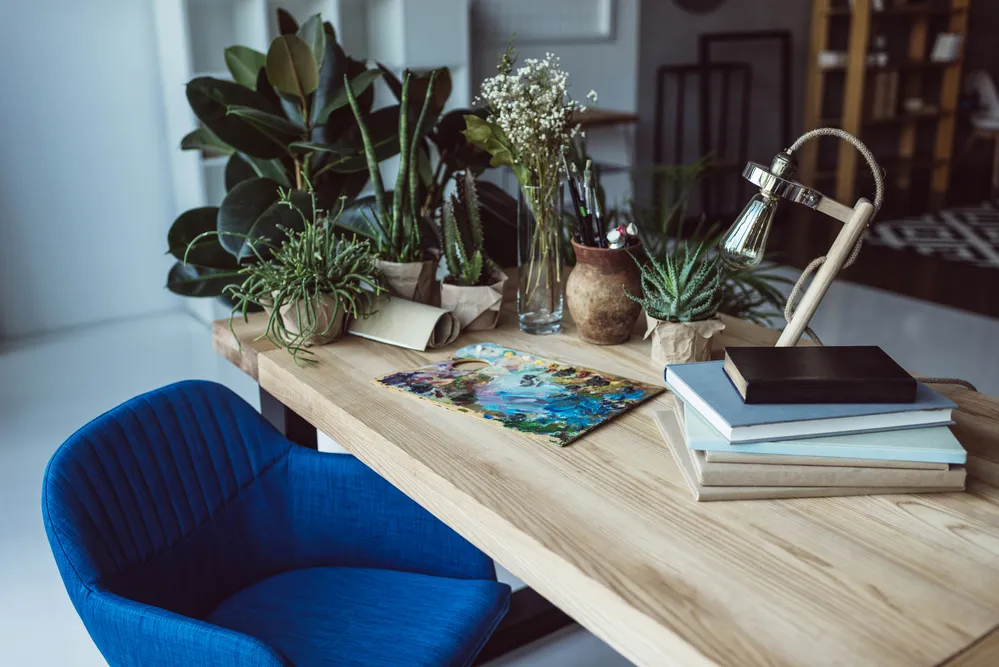New Normal: Illustrating the Post-Pandemic Work Routine
The global pandemic hasn’t just changed our daily work routines; it’s fundamentally altered how we view work and the places we work in. As we embark on this new era, it’s essential to look at the significant shifts that have occurred and adapt to them. This also means rethinking how we visually represent this new reality of work.
In this article, we will delve into the tangible changes in the post-pandemic work routine, helping you better understand how to illustrate it in a way that resonates with your audience. Dive in for a special collection of visuals that reflect the new dynamics of work life.
Explore Collection
Reexamining the future of work and the workplace
The shifts we’re witnessing in work models are profound. They reflect a move towards a more flexible, human-centered, and adaptive approach that recognizes the diverse nature of modern work. One of the most profound changes has been the widespread acceptance of remote work. Many companies that were once firmly rooted in traditional office settings have successfully transitioned to remote or hybrid models. For instance, companies like Spotify, Pinterest, and Vista announced permanent work-from-home options for their employees, reflecting a new approach that prioritizes flexibility and individual choice. These new models acknowledge that productivity is not confined to the office and that work-life balance is key to employee satisfaction.
The future of the workplace itself is also transforming. With a shift towards hybrid work models, the physical office is no longer the epicenter of work activities. Instead, it’s becoming a hub for collaboration and social interaction. Google’s new campus design, which includes movable walls and adjustable spaces, epitomizes this shift. It represents a transition from hierarchical office structures to more adaptable environments that foster creativity and collaboration.
1. The freedom to work from anywhere
The concept of mobility has emerged as a defining characteristic of the modern workplace. It’s no longer just a temporary measure but an expectation among employees. The notion of “work from anywhere” goes far beyond remote work from home. It embraces a philosophy where employees can choose the environment that best suits their tasks. This new mobility trend also brings more autonomy and empowerment to employees. Companies are signaling trust in their employees’ judgment by allowing workers to align their work with what best suits them. It fosters personal investment in the work, leading to greater job satisfaction and, potentially, higher productivity.
2. Diverse workplace ecosystem
The concept of choice in the workplace is not simply about providing various work settings within the office but expanding the idea of the workplace into an ecosystem that extends beyond traditional boundaries. Today’s employees seek more than just a desk and a chair: they want a work environment that complements different work styles, tasks, and preferences. This means choosing from a range of spaces and experiences: a collaboration hub at a coworking space, a quiet corner in a library, or a home office for deep focus. This is because a software developer might opt for a remote space for coding, while a marketing team might thrive in a vibrant and interactive environment. By allowing employees to work in different spaces that are tailored to their needs, companies create a more personalized work experience.
3. Focus on privacy
The concept of privacy at work has taken on new significance. While the struggle to find privacy in traditional office settings was already a concern for many, the shift to remote work has intensified the expectation for personal space. Working from home during the pandemic has provided many employees with privacy previously unattainable in open-plan offices or shared workspaces. This newfound autonomy over one’s work environment has led to increased comfort and often higher levels of concentration and productivity. The challenge for businesses is to find the balance between fostering collaboration and providing the privacy that employees have come to value. Some companies, such as Airbnb, have begun designing office spaces with various work settings, including private pods or secluded areas that allow for focused work without distraction.
Capturing the new reality of work
The profound shifts in the modern workplace call for changes in visual representation. Choosing the right visuals isn’t just an aesthetic consideration but a powerful way to communicate the new values, priorities, and practices that define post-pandemic work life. Opt for visuals highlighting the freedom to work from anywhere and emphasizing personal space and comfort.
Ready to find the perfect visuals to illustrate your post-pandemic work life? Dive into our special collection of visuals, carefully curated to resonate with the new dynamics of work life.
Explore Collection
To wrap up
The post-pandemic era has started a transformative period for the workplace, redefining how and where we work. Choosing the right imagery to illustrate the new work routine is essential to communicating your understanding of and adaptation to these new realities. The visuals you select can either reinforce or undermine the messages you are trying to convey. By thoughtfully aligning your visuals with the trends of mobility, choice, and privacy, you can create a narrative that resonates with your audience and shows that you embrace the changes of our time.
Other articles that may interest you
Mindfulness for Productivity: Benefits, Best Practices & Tips
How to Get into Creative Flow for Achieving Peak Performance
Work-Life Balance: How to Maintain Efficiency Without Sacrificing Your Well-Being












